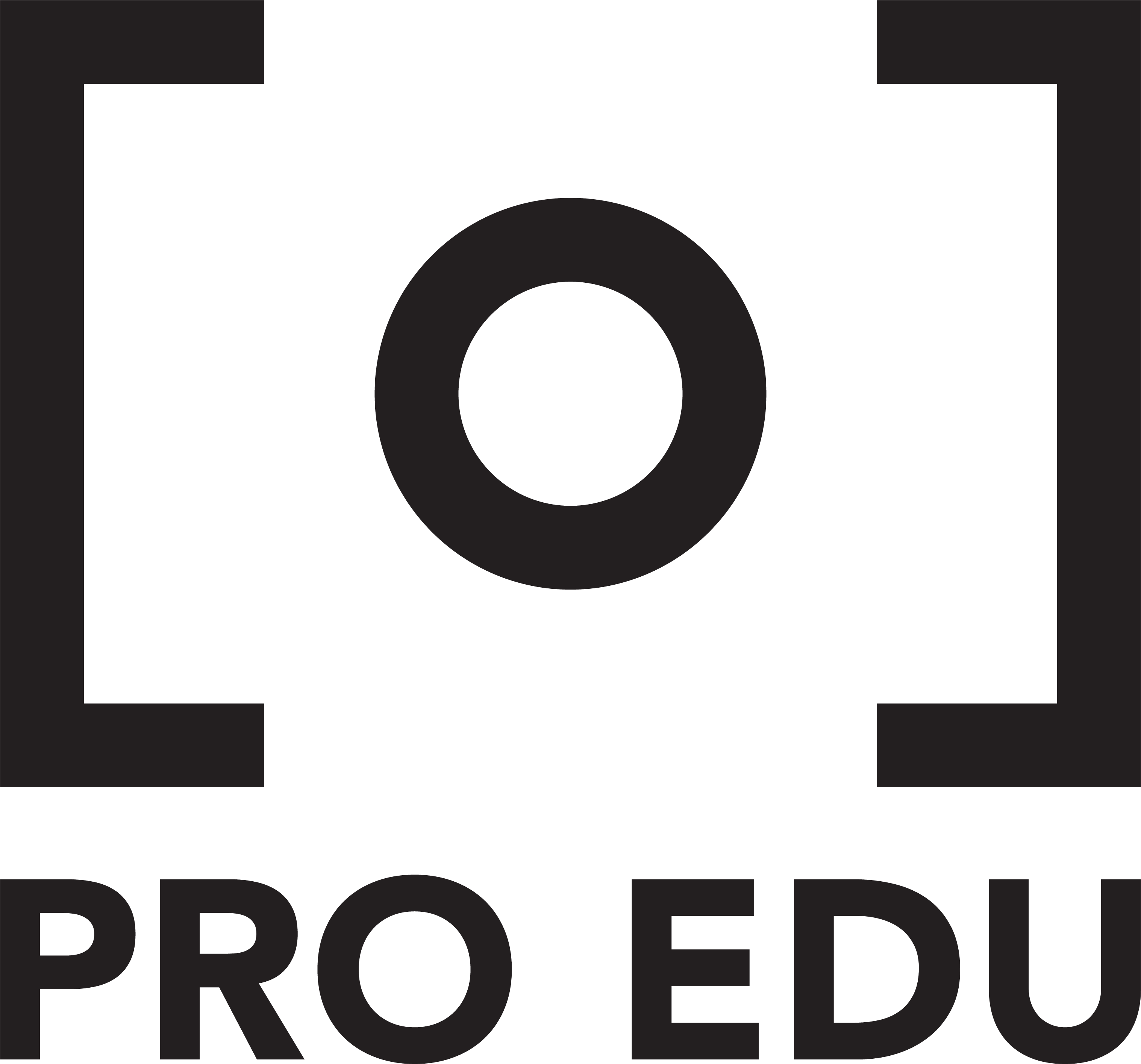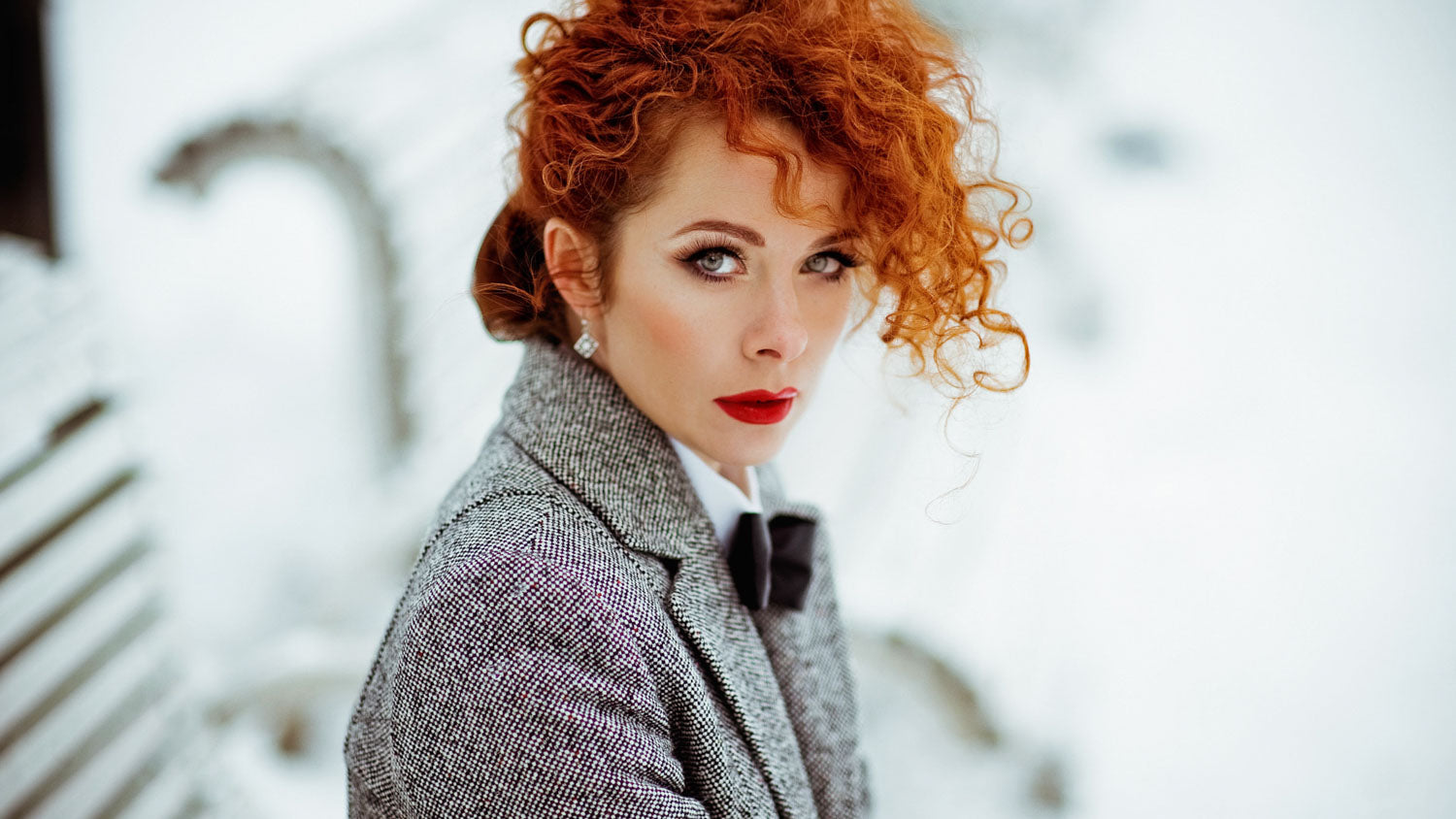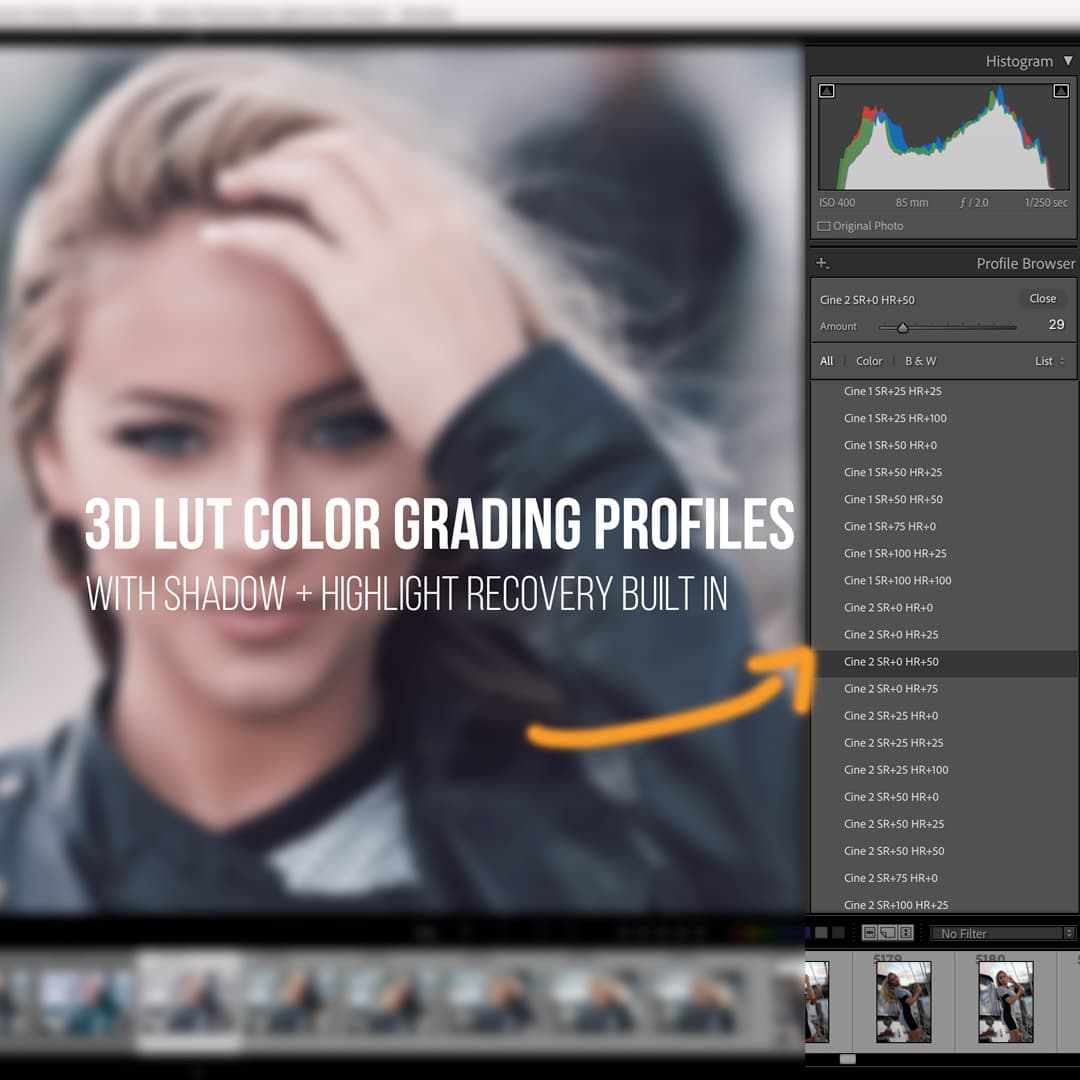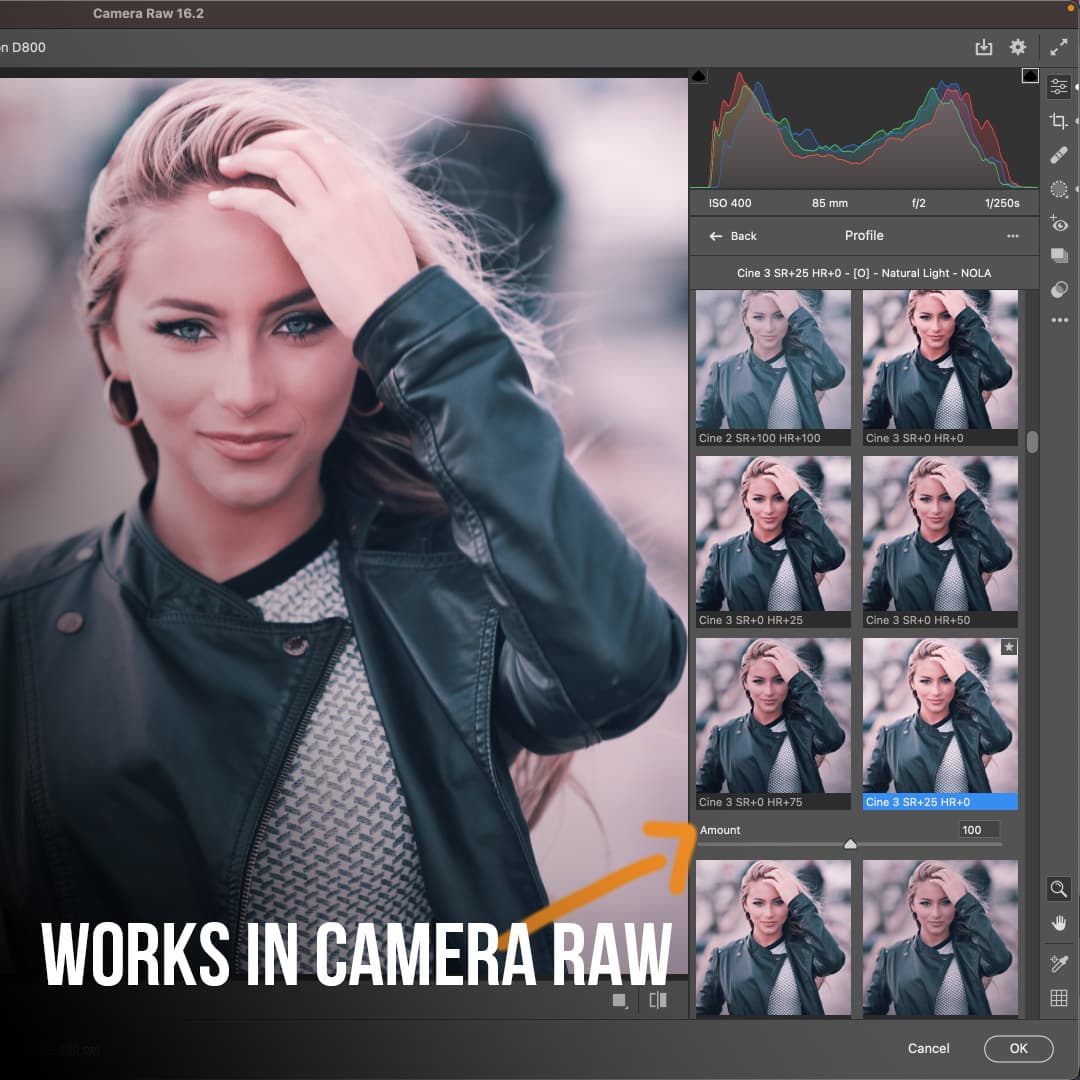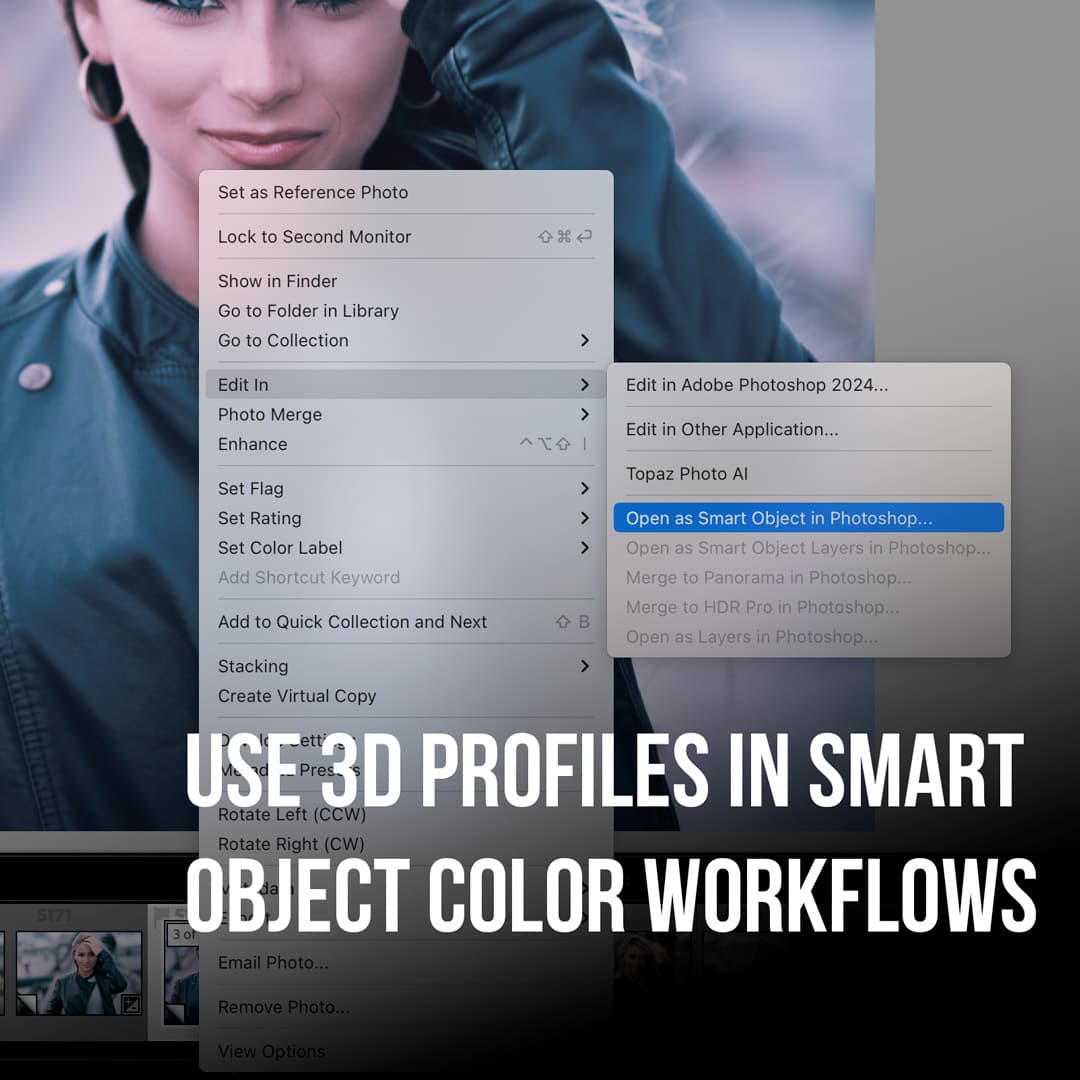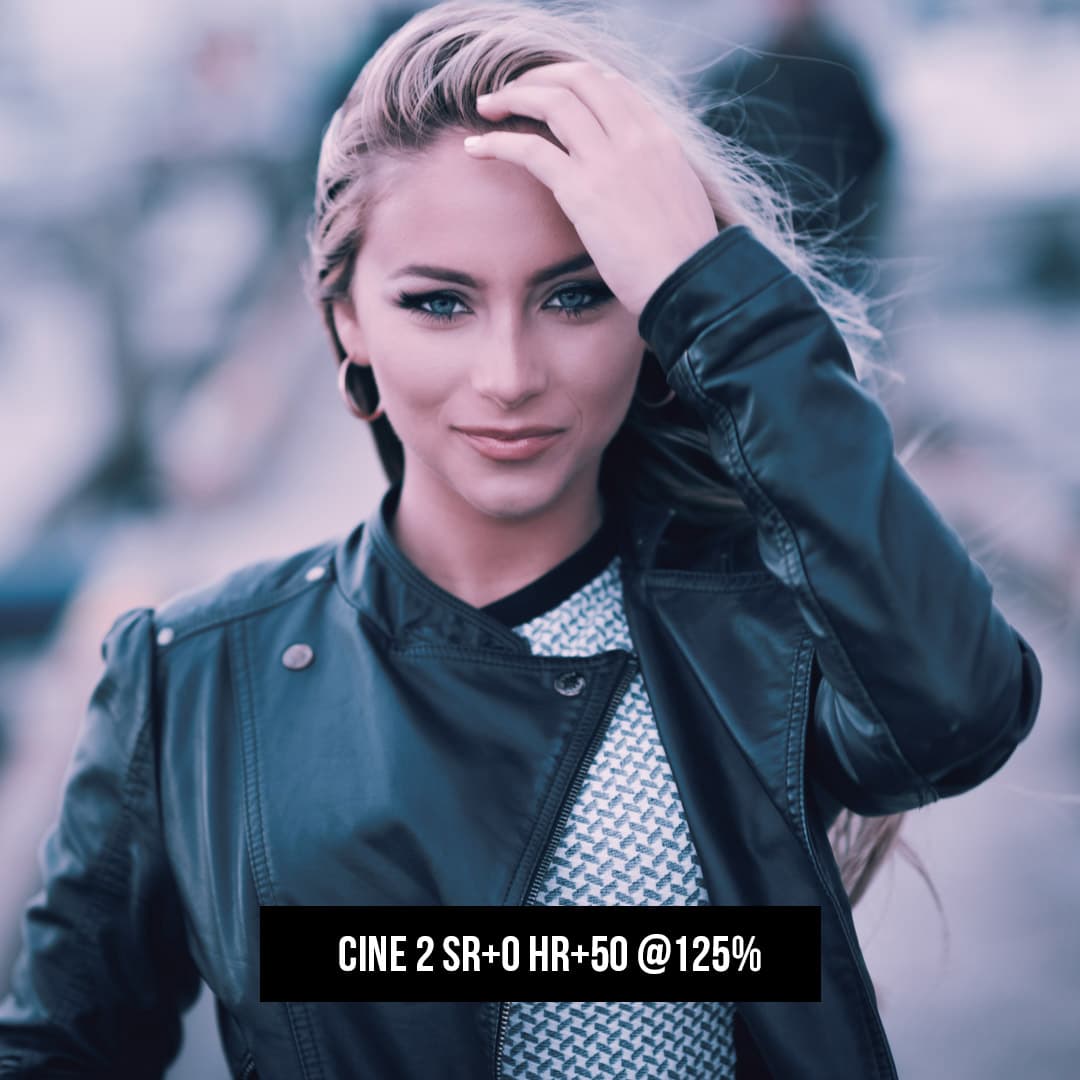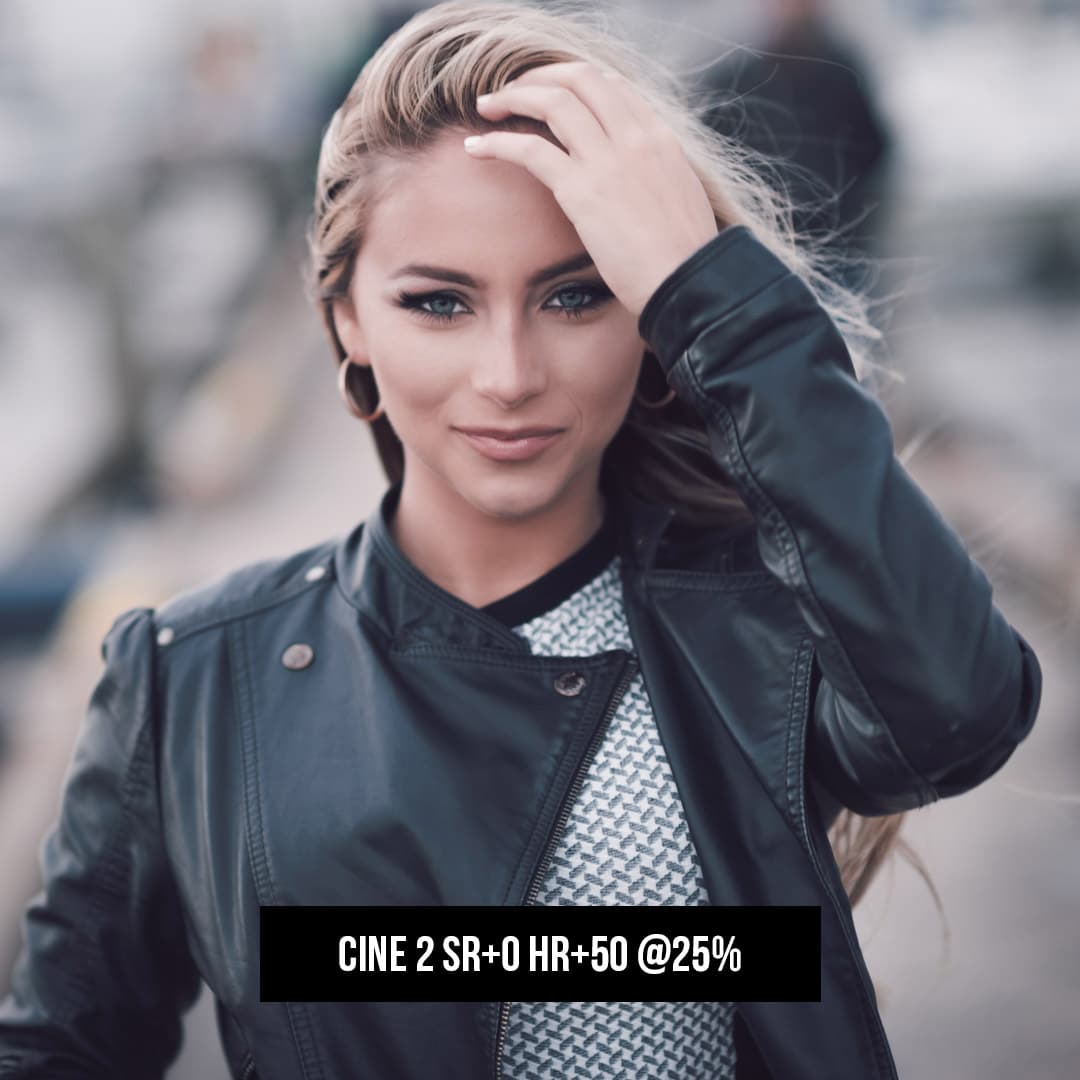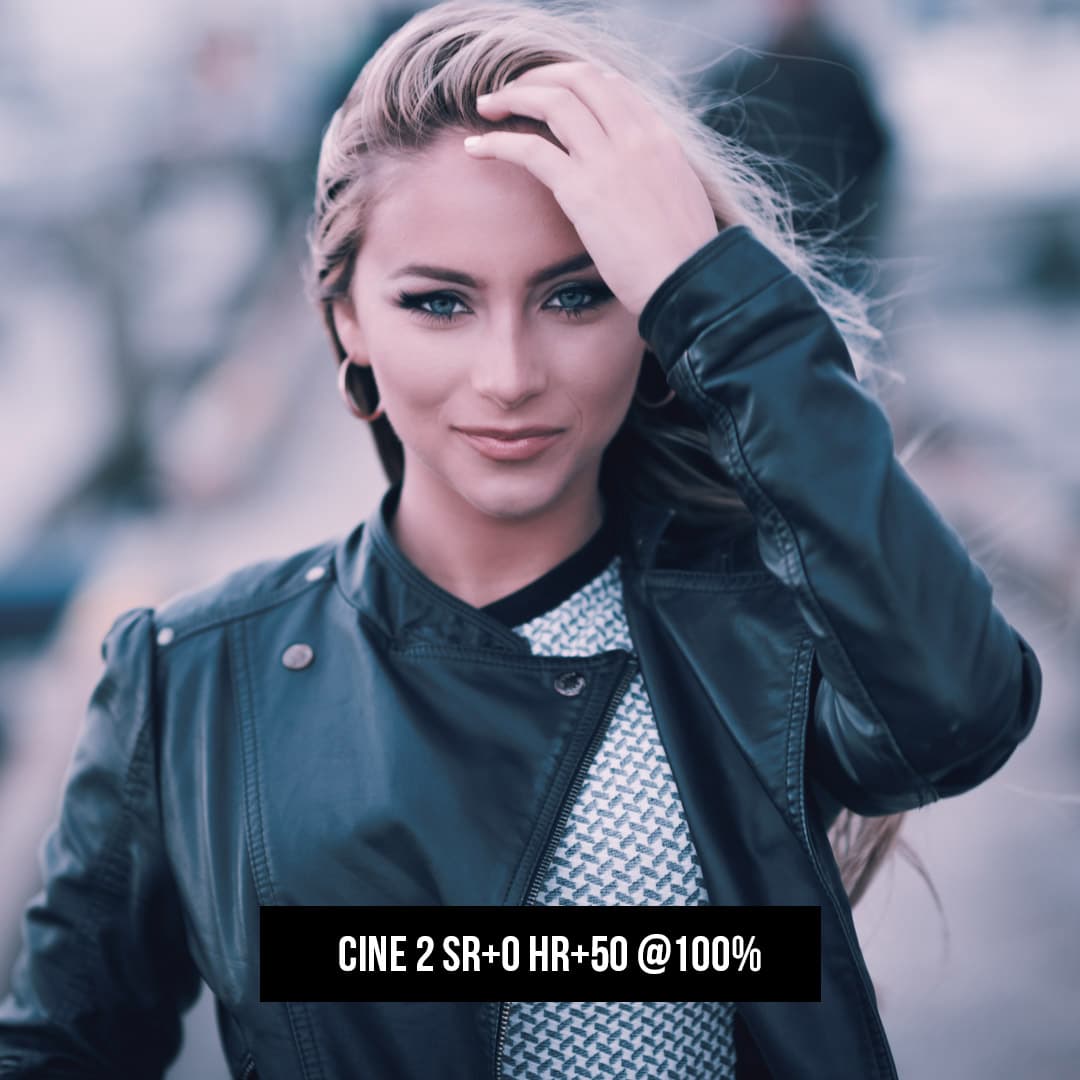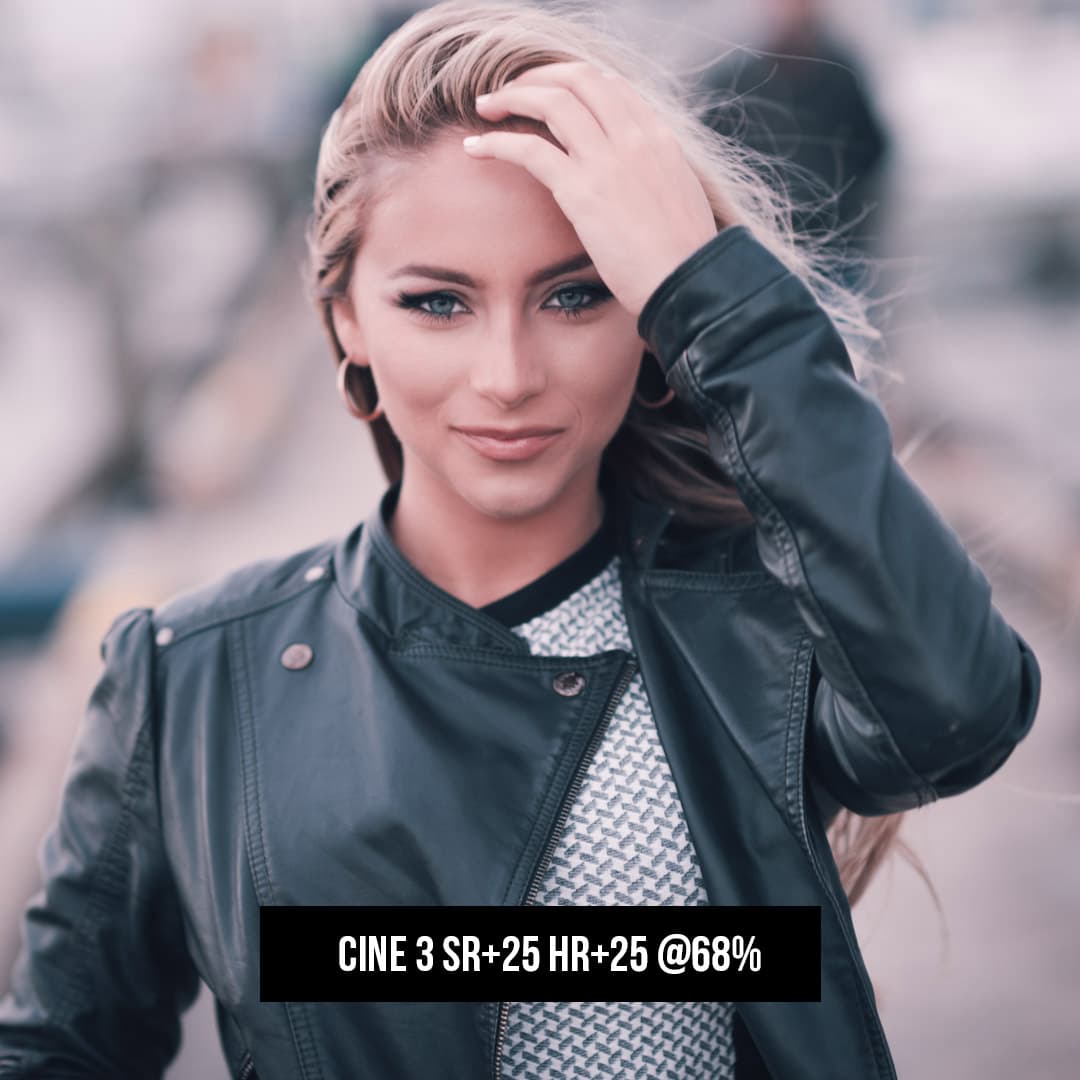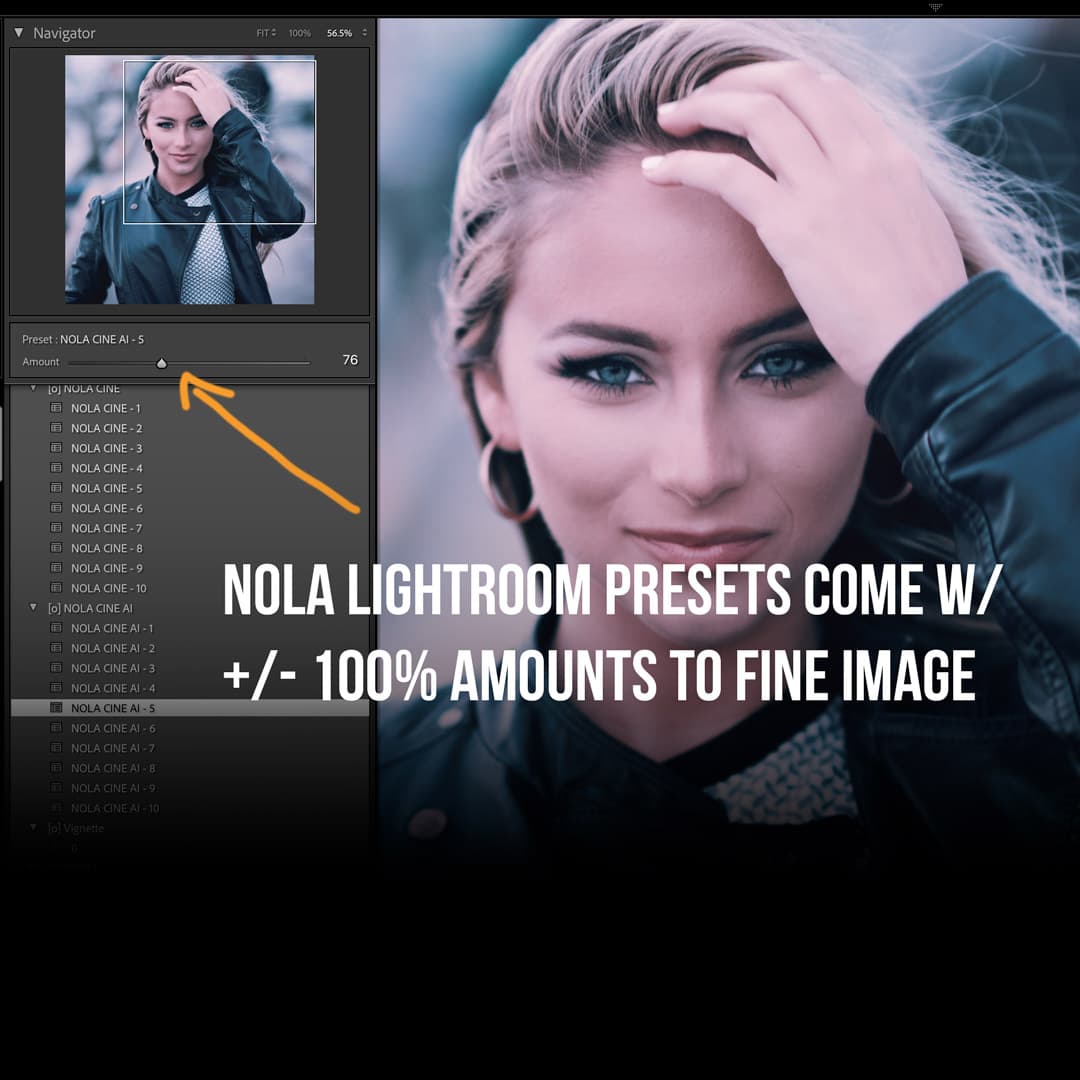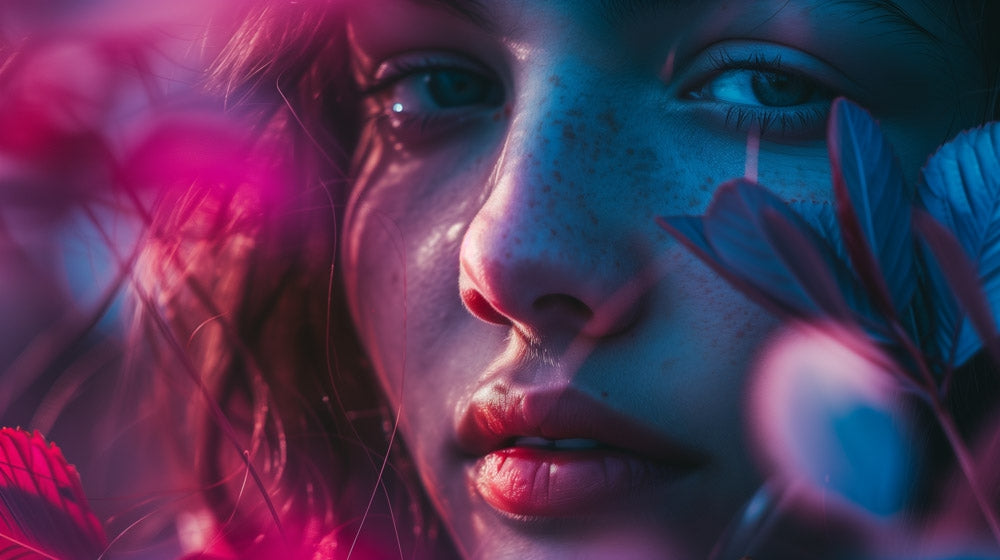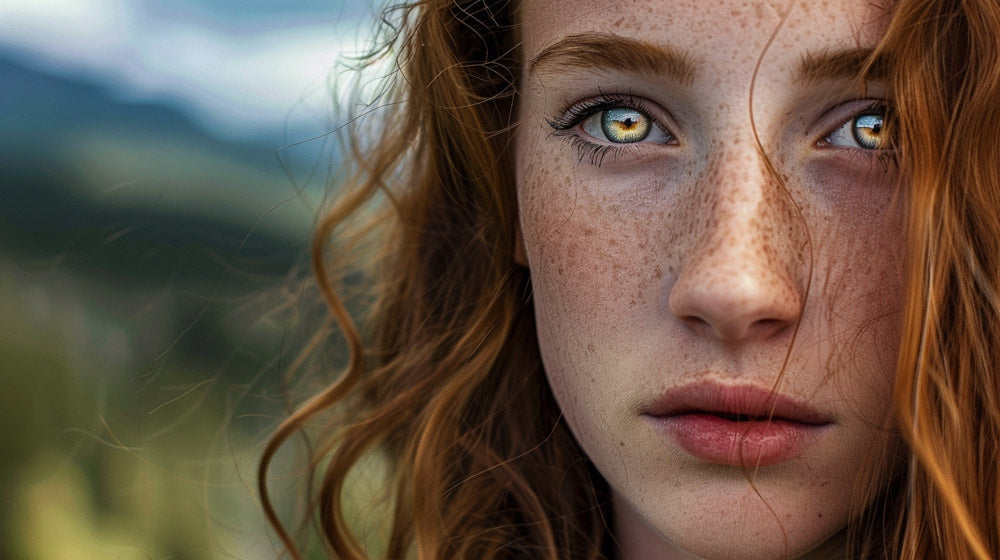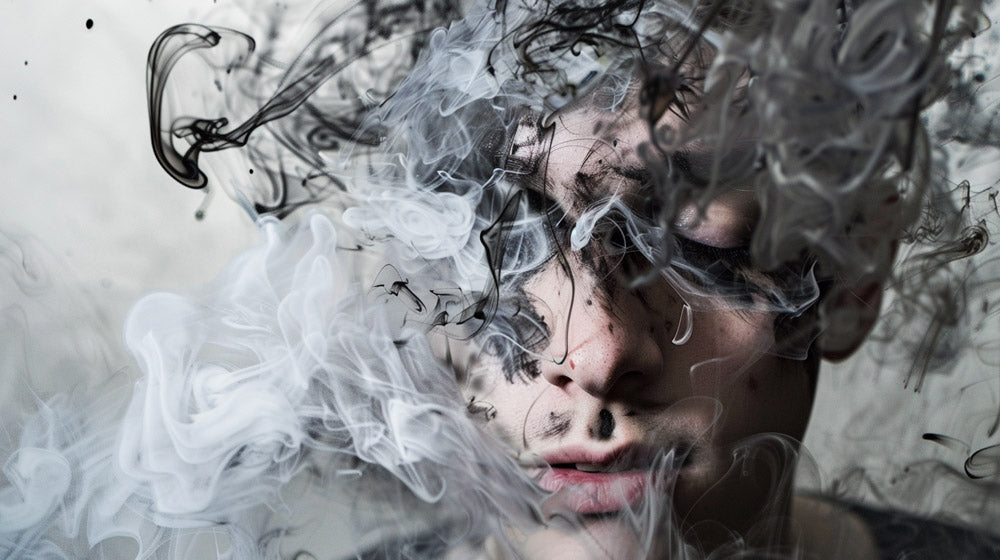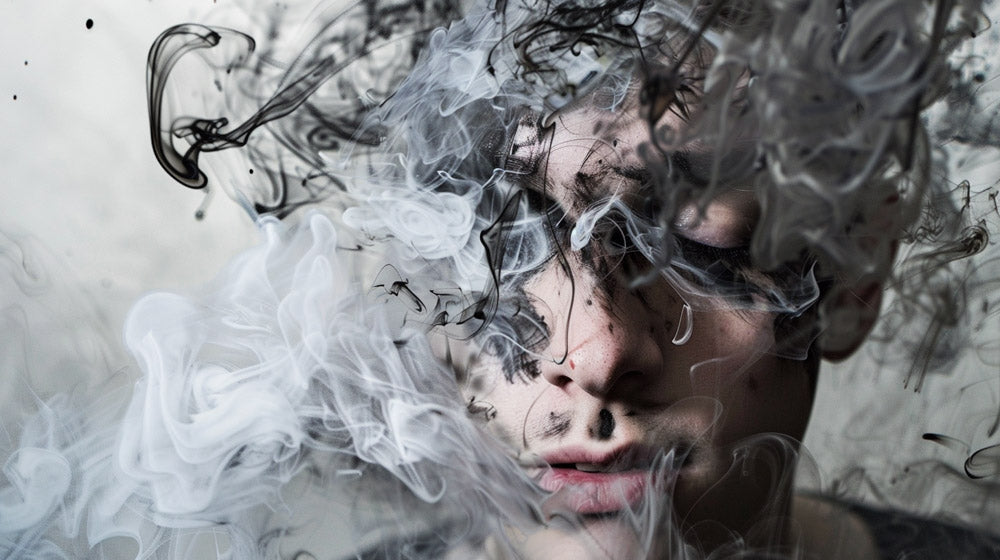Mastering photoshoot poses can transform ordinary pictures into stunning works of art. Whether you're a professional photographer or an aspiring model, understanding the fundamentals of posing is crucial for creating captivating images.
A well-executed pose can enhance body language, highlight facial expressions, and utilize lighting to produce visually striking photographs.
We've compiled a comprehensive guide to photoshoot poses that will help elevate your photography skills. From classic techniques to innovative approaches, our tips cover a wide range of scenarios and styles.
We'll explore how to direct subjects confidently, create dynamic compositions, and bring out the best in every individual or group you photograph.
By incorporating these posing techniques, you'll be able to create more natural and flattering images. We'll show you how to work with different body types, use props effectively, and adapt to various environments.
With practice, these poses will become second nature, allowing you to focus on capturing genuine moments and emotions.
Fundamentals of Posing
Mastering the art of posing is essential for creating captivating photographs. We'll explore key elements that contribute to effective posing, including body language, posture, and facial expressions.
Understanding Body Language in Photography
Body language plays a crucial role in communicating emotion and personality in portraits. We recommend starting with a relaxed stance to help subjects feel comfortable.
Encourage them to shift their weight onto one leg for a more natural look.
Hand placement is important. Subjects can rest their hands lightly on their hips or in pockets. Avoid clenched fists or flat palms against the body.
For group shots, create visual interest by varying heights and angles. Have some people sit while others stand, or use props like chairs or stairs.
We suggest practicing basic posing tips to build confidence in front of the camera. This includes angling the body slightly away from the camera to create a slimming effect.
The Role of Posture and Alignment
Good posture is key to flattering portraits. We advise subjects to stand up straight with shoulders back and chin slightly down. This elongates the neck and creates a more confident appearance.
For seated poses, instruct subjects to sit at the edge of their chair with a straight back. Crossing legs at the ankles can create an elegant line.
Alignment is crucial in full-body shots. Ensure the subject's ears, shoulders, and hips are in line to avoid awkward twisting. Small adjustments can make a big difference in the final image.
Use leading lines in the environment to guide posture. A wall or doorframe can help subjects align their bodies naturally.
Facial Expressions and the Art of Portraiture
Capturing genuine expressions is vital for compelling portraits. We recommend engaging in conversation with subjects to help them relax and show authentic emotion.
Practice different smile techniques:
- Closed-mouth smile for a mysterious look
- Full smile for warmth and approachability
- Subtle smirk for confidence
Eyes are the focal point of most portraits. Encourage subjects to look directly at the camera for an engaging connection with viewers. Alternatively, have them look slightly off-camera for a thoughtful expression.
Experiment with head tilts to convey different moods. A slight tilt can add intrigue, while a more pronounced angle can express playfulness or flirtation.
Posing Techniques for Different Photography Styles
Different photography styles require unique posing approaches to capture the desired mood and aesthetic. We'll explore essential techniques for fashion, portrait, and dynamic photo shoots.
Fashion Photography Posing Essentials
Fashion photography demands striking poses that showcase clothing and accessories. We recommend having models practice shifting their weight between feet to create interesting angles.
Encourage them to elongate their bodies by extending limbs and creating space between arms and torso.
For a high-fashion look, instruct models to angle their chin slightly upward and gaze off-camera. Hands can add drama when placed on hips or lightly touching the face. Experiment with asymmetrical poses to add visual interest.
Props like chairs or walls provide opportunities for leaning poses that accentuate garments. Remember to prioritize showing off the outfit while maintaining an effortless, sophisticated appearance.
Capturing Natural Smiles in Portrait Sessions
Genuine smiles are key to engaging portrait photography. We find that creating a relaxed atmosphere helps subjects feel at ease.
Start with simple poses and gradually build complexity as your subject becomes more comfortable.
Encourage natural expressions by asking subjects to think of happy memories or tell a joke. Candid moments often yield the most authentic smiles, so keep the camera ready between posed shots.
For seated portraits, have subjects lean slightly forward to appear engaged. Tilting the head can soften facial features and create a more approachable look. Don't forget to pay attention to hand placement – relaxed hands convey confidence and comfort.
Dynamic Movement for Lively Photo Shoots
Incorporating movement into photo shoots adds energy and spontaneity to images. We suggest having subjects walk, spin, or jump to capture fluid, natural poses.
These actions can help reduce stiffness and create a sense of joy in photos.
For group shots, try posing subjects at different heights to add visual interest. This could involve sitting, standing, or leaning against props. Encourage interaction between subjects to capture genuine connections.
When photographing dancers or athletes, focus on capturing peak moments of action. Have them perform their craft and be ready to snap multiple shots in quick succession. This technique allows you to freeze dynamic movements at their most visually appealing point.
Working with Props and the Environment
Props and surroundings play a crucial role in creating compelling photoshoot poses. They add visual interest and help subjects feel more comfortable and natural in front of the camera.
Incorporating Props for Added Visual Interest
Props can transform ordinary poses into captivating images. We recommend choosing items that reflect the subject's personality or complement the shoot's theme. A musician might hold their instrument, while a chef could pose with cooking utensils.
When using props, encourage subjects to interact naturally with them. This creates more dynamic and authentic poses.
For example, have a model lean against a vintage car for a retro-themed shoot.
Keep props simple and relevant. Too many items can distract from the subject. One or two well-chosen props are often sufficient to enhance the overall composition.
Using the Surroundings to Enhance Poses
The environment provides endless opportunities for creative poses. We suggest scouting locations beforehand to identify interesting elements.
Architectural features like doorways, windows, or staircases offer natural framing for subjects. Leaning on a wall can create a relaxed, casual pose. Trees, rocks, or fences in outdoor settings provide support for various standing or sitting poses.
Consider the lines and shapes in the environment. Leading lines can draw attention to the subject, while interesting textures add depth to the image.
Lighting in the surroundings is crucial. We recommend using natural light sources like windows or open shade to create flattering, soft illumination for your subjects.
Posing Strategies for Individuals
Effective posing can make or break a photoshoot. We'll explore techniques to create flattering solo poses and share ideas for personal branding and headshot photography.
Crafting Flattering Poses for Solo Subjects
To create flattering poses for individuals, we recommend starting with good posture. Stand tall with shoulders back and chin slightly down to elongate the neck.
Angling the body at 45 degrees to the camera can slim the silhouette. We suggest placing one foot slightly in front of the other for a more dynamic stance.
For seated poses, crossing legs at the ankles creates an elegant look. Hands can be a challenge, so we advise placing them on hips, in pockets, or holding a prop to appear natural.
Facial expressions are crucial. We encourage subjects to relax their jaw and eyes, thinking of something pleasant to achieve a genuine smile.
Posing Ideas for Personal Branding and Headshots
For personal branding and headshots, we focus on projecting confidence and approachability. A slight tilt of the head can convey friendliness, while a straight-on gaze exudes authority.
We recommend experimenting with different arm positions. Crossed arms can show confidence, while open arms appear more welcoming. For variety, try leaning against a wall or sitting at a desk.
Props related to the subject's profession can add context to branding shots. We suggest using laptops, tools, or industry-specific items to tell a visual story.
For headshots, we emphasize the importance of eye contact with the camera. A subtle smile or serious expression should align with the desired personal brand image.
Group Photography Posing Tactics
Group photos require careful composition and posing to create visually appealing results. We'll explore effective strategies for arranging subjects and creating engaging poses that highlight each individual while maintaining a cohesive look.
Arranging Groups for Balanced Compositions
When photographing groups, we aim for balanced and visually pleasing arrangements. Start by positioning taller individuals towards the back or center of the group. Place shorter people in front or on the sides.
Consider using different levels to add depth and interest. This can include having some people sit while others stand, or using stairs or risers.
For larger groups, try arranging subjects in a V or W shape. This creates natural layers and helps frame the composition. Ensure everyone's face is visible and not obscured by others.
Avoid rigid, straight lines. Instead, encourage slight angles and turns to create a more dynamic look. This helps prevent the "firing squad" effect often seen in formal group shots.
Creating Harmony and Interest in Group Poses
To create engaging group poses, we focus on creating a sense of connection between subjects.
Encourage natural interactions, such as having family members hug or children jump on parents' backs.
Vary arm positions to add visual interest. Some subjects can have their hands in pockets, while others might have arms crossed or resting on shoulders.
This diversity in poses for pictures helps break up monotony.
Incorporate subtle gestures to convey personality and relationship dynamics. A hand on a shoulder or linked arms can show closeness between individuals.
For formal group shots, we might opt for more uniform poses. However, small variations in head tilts or slight body rotations can still add visual appeal without compromising the professional look.
Remember to keep subjects relaxed. Tense shoulders or forced smiles can detract from the overall image quality.
Encourage natural expressions and comfortable stances for the best results.
Posing for Different Types of Models
Effective posing techniques vary between male and female models. We'll explore key approaches for both genders to help models project confidence and create compelling images.
Techniques for Posing Females with Confidence
Female models can enhance their performance by thinking of posing as a fluid performance rather than static positions.
We recommend practicing smooth transitions between poses to create dynamic shots.
Confidence stems from good posture. Encourage female models to stand tall, pull their shoulders back, and elongate their necks. This instantly improves their presence in photos.
Hand placement is crucial. Soft, relaxed hands create an elegant look. Avoid tense fists or awkward angles.
We suggest having models practice hand poses in a mirror.
For facial expressions, a slight smile or neutral look often works best. Squinting slightly can add intensity to the gaze and reduce unflattering under-eye shadows.
Guidelines for Male Model Poses
Male model poses typically emphasize strength and angular lines. We advise using poses that accentuate the jawline and create a strong silhouette.
Standing poses work well for male models. A slight turn of the body with hands in pockets or crossed arms can create an appealing, confident look. Leaning against a wall or object adds a casual, relaxed element.
For seated poses, we recommend having male models sit at the edge of their seat with legs spread slightly. This creates a more dynamic and engaged appearance.
Facial expressions for male models often lean towards serious or neutral. A slight furrowing of the brow can add intensity without appearing overly dramatic.
Advanced Posing Concepts
Elevating your photoshoot poses requires mastering sophisticated techniques that create visual impact. We'll explore how to craft dynamic shapes with the body and infuse static images with a sense of motion.
Mastering the S-Shape and Other Power Poses
The S-shape pose is a cornerstone of advanced portraiture. To achieve this, we instruct the model to shift their weight onto one leg, creating a subtle curve through the body. This pose elongates the figure and adds visual interest.
Other power poses include:
- The C-curve: Arching the back slightly
- Contrapposto: Shifting weight to one leg while rotating the upper body
- Triangle pose: Creating a triangular negative space with arms akimbo
These poses project confidence and grace. We emphasize the importance of subtle adjustments - a slight tilt of the chin or turn of the shoulders can dramatically alter the image's impact.
Creating Motion and Energy in Still Photography
Introducing a sense of movement elevates static portraits. We employ several techniques to achieve this effect:
- Hair in motion: Use a fan or have the subject flip their hair
- Flowing fabrics: Incorporate billowing dresses or scarves
- Action poses: Capture mid-step or during a twirl
Movement in poses adds dynamism and life to images. We guide subjects to perform slow, continuous movements rather than holding rigid poses.
This approach results in more natural, energetic shots.
Timing is crucial. We anticipate peak moments of motion, ready to capture the perfect frame that suggests ongoing action.
Conclusion and Final Tips
Mastering photoshoot poses takes practice and patience. We encourage you to experiment with different techniques to find what works best for you and your subjects.
Remember to guide your models confidently. Clear communication helps create a relaxed atmosphere and natural-looking photos.
Here are some key points to keep in mind:
• Always consider body language • Perfect facial expressions • Use lighting to your advantage • Adapt poses to suit individual subjects
We recommend starting with simple poses and gradually increasing complexity. This approach builds confidence and allows for more creative shots as the session progresses.
Flattering portraits often result from subtle adjustments. Pay attention to small details like hand placement and shoulder angles.
Don't forget to capture candid moments between posed shots. These often yield the most genuine expressions and memorable images.
Lastly, we suggest creating a shot list before each session. This ensures you cover all desired poses and helps manage time effectively.
With these tips in mind, you're well-equipped to create stunning portraits that showcase your subjects' best features.
Frequently Asked Questions
Mastering photoshoot poses requires practice and technique. We'll address common questions about posing for different types of shoots and subjects.
How can females enhance their full body poses during a photoshoot?
Females can enhance full body poses by creating curves and angles.
Shift weight onto one leg to accentuate hip curves. Turn the body slightly sideways and place one foot in front of the other for a slimming effect.
Extend arms away from the body to create space and definition. Gentle hand placement on hips or in hair adds interest and flow to the pose.
What techniques should males use to look good in pictures?
Males can improve their photoshoot poses by focusing on posture and angles.
Stand tall with shoulders back and chest open. Angle the body slightly to create a more dynamic silhouette.
For a casual look, place hands in pockets with thumbs out. Cross arms loosely for a confident stance. Lean against a wall or sit on a chair with legs spread for relaxed, masculine poses.
What are some flattering ways to stand for photos for individual portraits?
For flattering individual portraits, angle the body slightly away from the camera. This creates a slimming effect and adds depth to the image.
Avoid facing the camera straight on. Instead, turn the shoulders at a 45-degree angle. Keep the chin slightly down and forward to define the jawline.
How should one pose when being photographed in a group to ensure a great picture?
In group photos, arrange people at different heights to create visual interest.
Use stools or have some people sit while others stand.
Encourage subjects to angle their bodies slightly towards the center of the group. This creates a cohesive look and avoids stiff, side-by-side poses.
Are there any tips for making your face look its best in photos?
To enhance facial features, slightly tilt the head and angle the face. This highlights cheekbones and defines the jawline.
Squint slightly to make eyes appear more intense and engaged. Practice a natural smile by thinking of something pleasant rather than forcing a grin.
What are effective strategies to improve one's posing skills for photoshoots?
Practice poses in front of a mirror to understand how different angles look.
Study fashion magazines and photography websites for inspiration and ideas.
Work with a photographer who can provide guidance and feedback.
Start with simple poses and gradually build confidence to try more complex ones.

